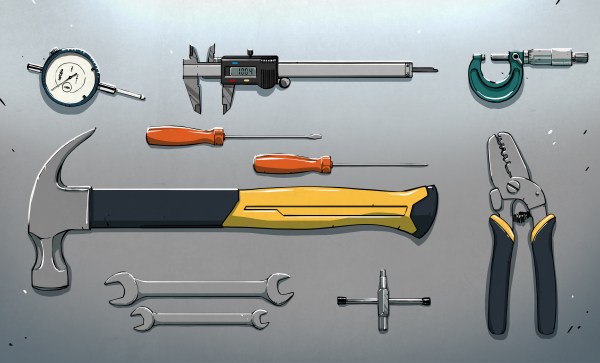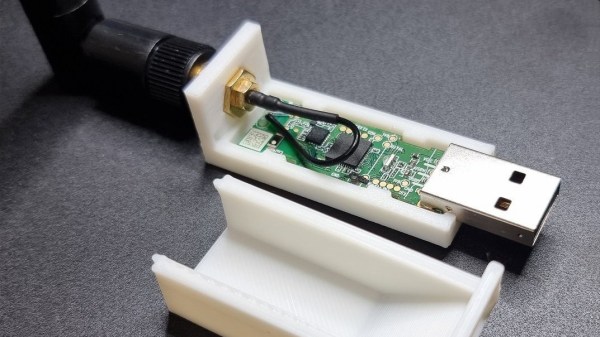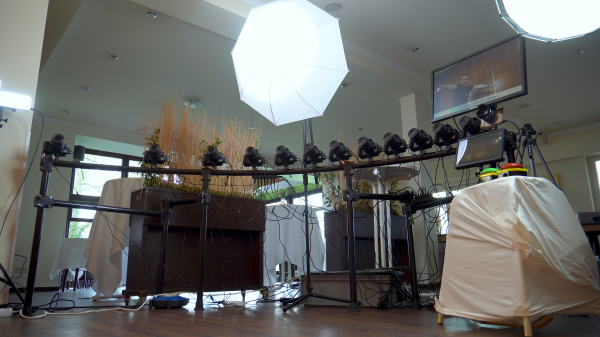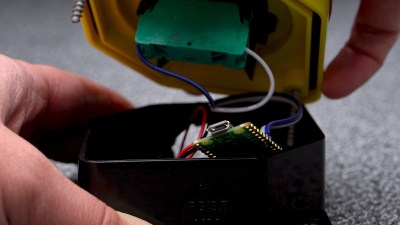Is MINIX dead? OSnews is sounding its death-knell, citing evidence from the operating system’s git log that its last updates happened as long ago as 2018. Given that the last news story on the MINIX website is from 2016 and the last release version, 3.3, came out in 2014, it appears they they may have a point. But perhaps it’s more appropriate to ask not whether or not MINIX is dead, but whether indeed it matters that the venerable OS appears no longer in development. It started as an example to teach OS theory before becoming popular in an era when there were no other inexpensive UNIX-like operating systems for 16-bit microcomputers, but given that its successors such as Linux-based operating systems have taken its torch and raced ahead, perhaps its day has passed.
No doubt many of you will now be about to point out that MINIX lives on unexpectedly baked into the management engine core on Intel microprocessors, and while there’s some debate as to whether that’s still the case, you may have a point. But the more important thing for us isn’t whether MINIX is still with us or even whether it’s a contender, but what it influenced and thus what it was responsible for. This is being written on a GNU/Linux operating system, which has its roots in [Linus Torvalds]’ desire to improve on… MINIX.
Read more about the tangled web of UNIX-like operating systems here.






















